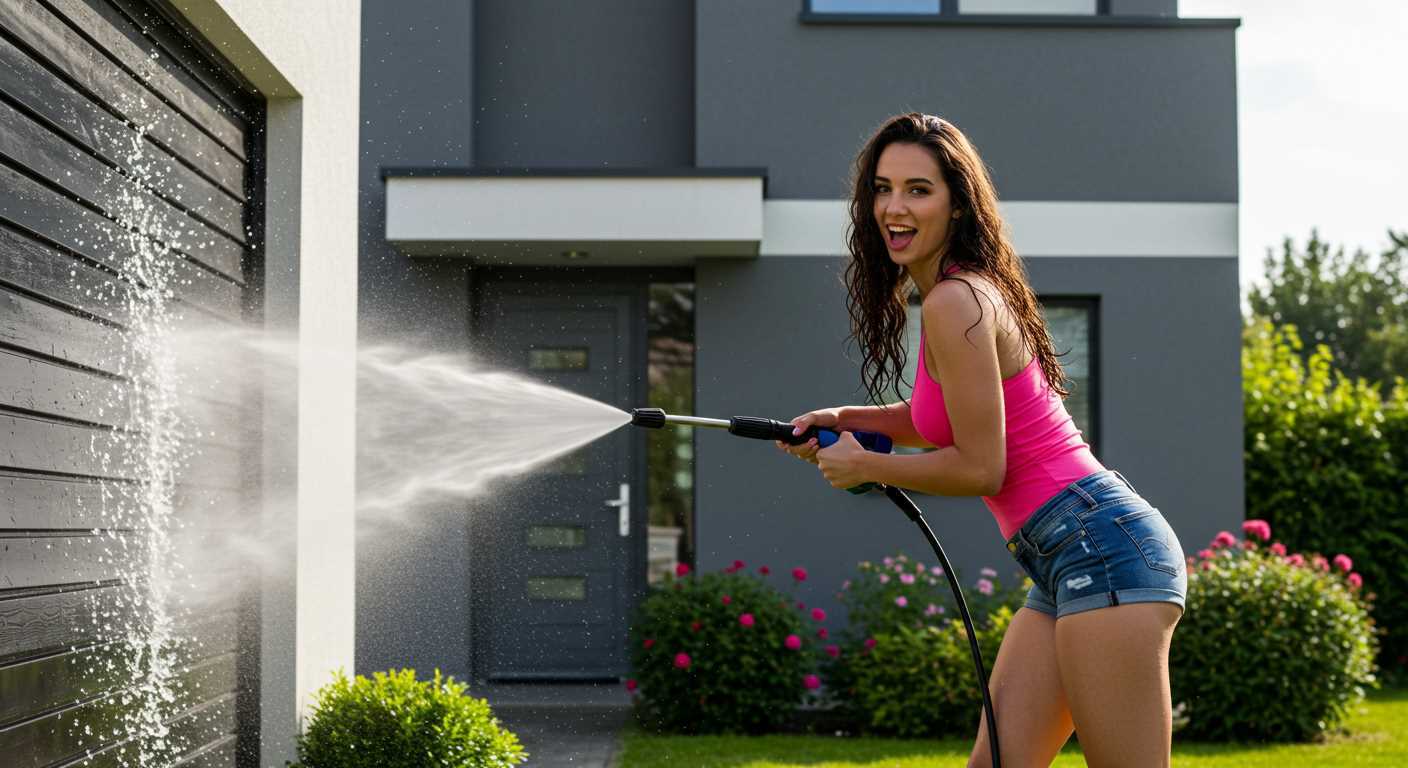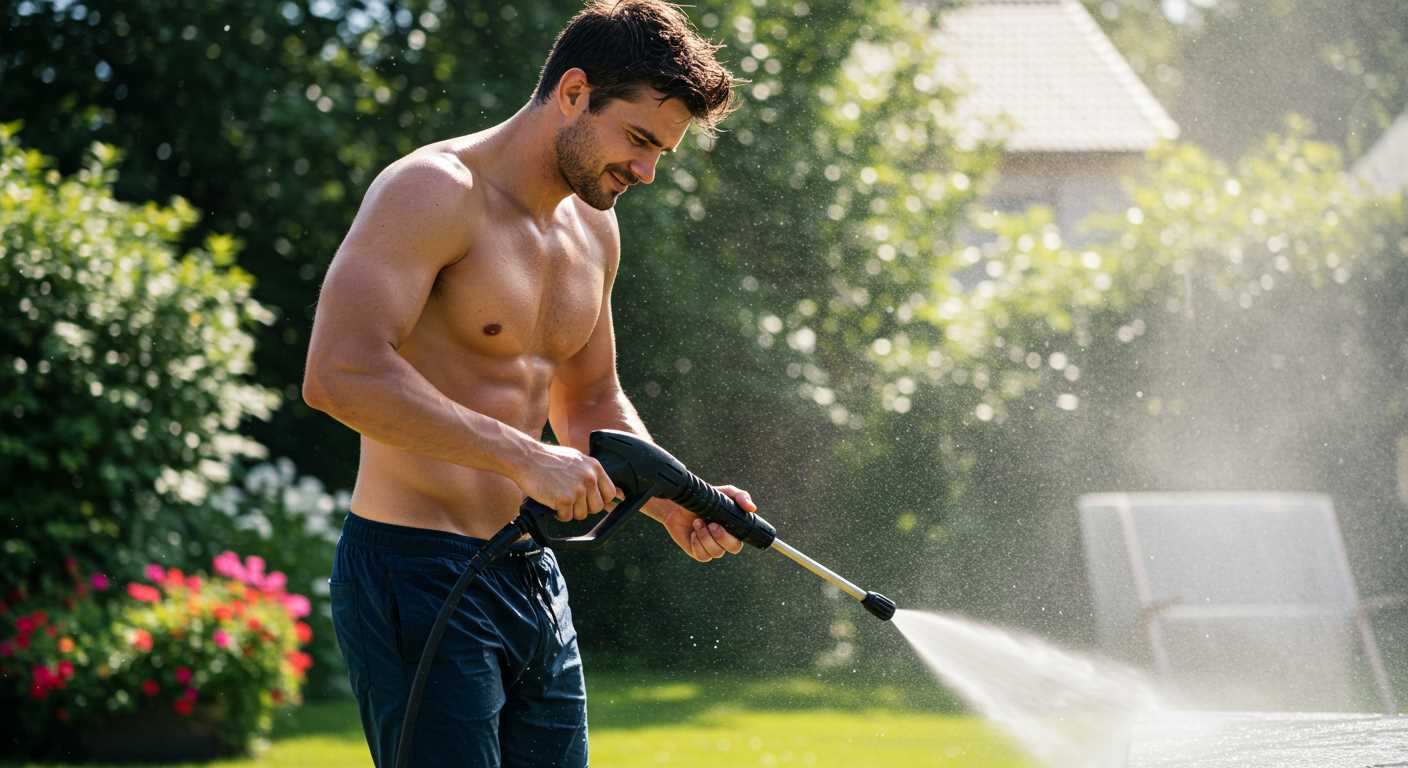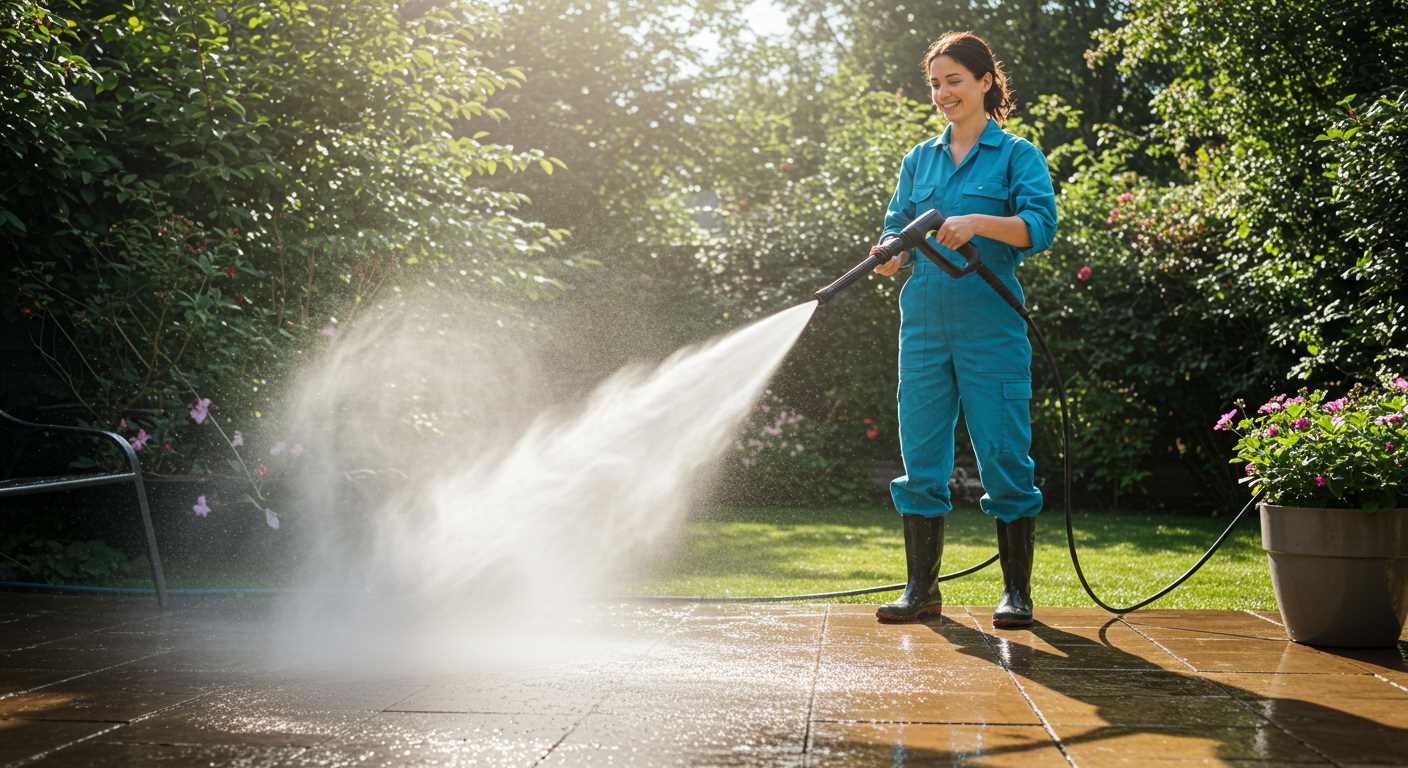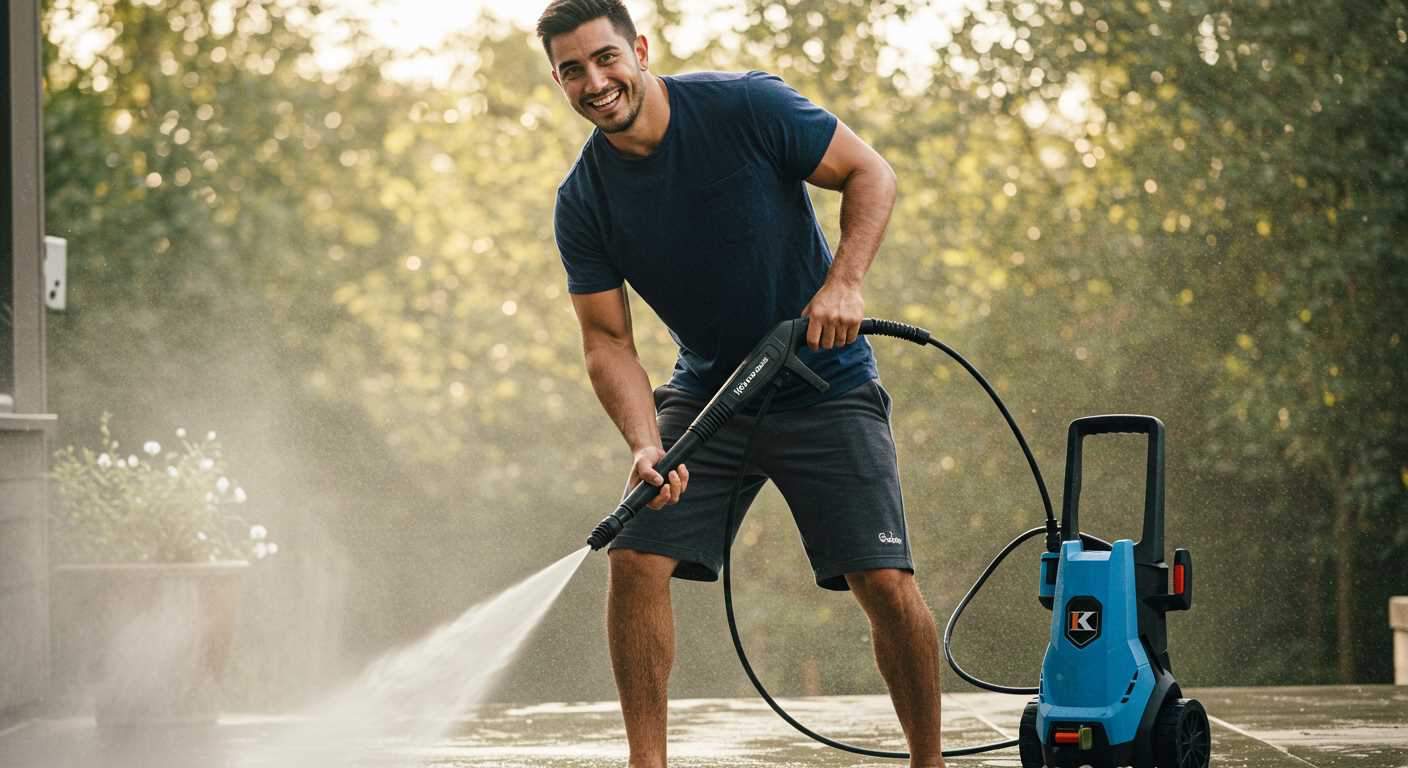



First and foremost, ensure that the appliance is turned off and disconnected from the power source. This crucial step prevents any accidental activation while you work on separating the water line. Once you’ve assured safety, inspect the connection point for any signs of damage or wear that may complicate the release process.
Next, try to twist the connector counter-clockwise if it features a threaded design. A firm grip and even pressure should facilitate this action. If the connection proves stubborn, applying a lubricant like penetrating oil can assist in breaking the bond. Allow the lubricant a few minutes to work its way into the threads before attempting to twist it free again.
If the connection remains resistant, consider leveraging a pair of pliers. Wrap the connection area with a cloth to avoid scratching the surface, then gently rotate. Always employ caution to prevent damage. Should you encounter persistent issues, consulting the manufacturer’s manual for any specific instructions relevant to your model may provide additional insights.
Ultimately, a combination of patience, the right tools, and attention to safety will enhance your chances of a successful separation. With careful handling, you can efficiently resolve any connection challenges you face with your high-pressure cleaning apparatus.
Stubborn Attachment Removal
Use a pair of pliers to grip the connector firmly while twisting counterclockwise. Ensure you maintain a steady pressure to avoid damaging the components. Sometimes, applying penetrating oil to the threads can aid in loosening the bond.
If the fitting remains immovable, check for any locking mechanism; some models feature clips or safety latches that must be disengaged before removal. Carefully inspect the area for obstructions that could prevent detachment.
If manual effort doesn’t yield results, consider warming the joint slightly with a heat gun. The expansion from the heat may make it easier to unscrew. Be cautious not to apply excessive heat to avoid damaging the seal.
Lastly, if nothing works, consult the manufacturer’s instructions for guidance, or contact customer support. They often have specific troubleshooting advice tailored to individual models.
Identifying the Type of Connection on Your Pressure Cleaning Equipment
To resolve issues with disconnection, first check the type of connector used on your cleaning gear. There are three primary types: threaded connectors, quick-connect fittings, and bayonet connectors. Each type requires different handling to detach.
- Threaded Connectors: These connectors usually feature male and female threads. To disconnect, turn the assembly counterclockwise. If it’s too tight, apply lubrication and use a wrench, ensuring you do not damage the threads.
- Quick-Connect Fittings: Most modern models utilise quick-connect designs. To release, pull back the collar while gently pulling the connector apart. Inspect for any debris that might cause resistance.
- Bayonet Connectors: Common in some brands, these require a simple rotation to unlock. Align the marks on the connector and turn to release. If it’s stuck, check for dirt build-up around the base.
Each model may have variations in design, so refer to your owner’s manual for specifics. Familiarising yourself with the connectors ensures a seamless experience when maintaining your cleaning tools.
Common Reasons for Hose Sticking to the Cleaner

A tight connection often causes the challenge of detaching the line from the appliance. This can result from the build-up of dirt, debris, or moisture within the coupling area. Over time, these elements can create a bond that increases friction, making disconnection difficult.
Another factor is wear on the connectors. Frequent attachment and removal can cause wear and tear, especially if the components are made from plastic or other softer materials. If you notice any signs of damage, such as cracks or chips, it may be time to replace the connector to avoid further issues.
Corrosion and Mineral Buildup

Corrosion or mineral deposits can form on the connectors, particularly if water quality is poor or if the appliance is used often in hard water areas. This can lead to a situation where the connection becomes almost welded together. Regular cleaning of the connection points with a suitable cleaner can help prevent this issue.
Temperature Fluctuations
Extreme temperature changes may also play a role in the situation. If the equipment is exposed to significant heat or cold, materials can expand or contract, leading to a tighter fit. Allowing everything to reach a more moderate temperature before attempting disconnection can ease the process.
Always be mindful of applying lubricant around the connection points to help combat these issues. A silicone-based product can reduce friction and make future separations easier without compromising the integrity of the materials involved.
Tools Required to Safely Remove a Stuck Hose
To successfully detach a stubborn connection, a few specific tools can facilitate the process. Begin with a pair of adjustable pliers, which provide a strong grip to apply additional force where needed. Ensure the jaws of the pliers can securely hold the threading without damaging it.
A rubber mallet can assist in breaking the seal created by debris or corrosion. Gently tapping around the connection can help loosen it without causing harm to the components.
Utilising penetrating oil is advisable, such as WD-40. Apply it generously to the joint and allow it to sit for several minutes to effectively reduce friction. This can make detachment significantly easier.
A towel or rag will be handy to absorb any residual substance while you work. It also prevents slipping and provides a comfortable grip for hands that may be oily or wet.
If the connection continues to resist, consider using a heat source like a heat gun or hairdryer. The application of mild heat can expand the materials, breaking the grip between the elements. Exercise caution to avoid overheating or damaging any plastic parts.
Finally, a strong flathead screwdriver can be used for prying if necessary, but it should be handled with care to avoid scratches or deformation of the parts.
Step-by-Step Guide to Detaching the Hose

First, ensure that the machine is turned off and disconnected from the power source. This prevents any accidental activation while working on it.
1. Inspect the Connection Type: Identify how the attachment is designed. This could be a quick-connect, threaded, or a clamp connection. Each type requires a different approach for removal.
2. Remove Any Obstacles: Clear the area around the attachment point. This allows better access and the ability to manoeuvre tools without obstruction.
3. Use the Right Tools: Depending on the connection type, grab appropriate tools. For threaded joints, use a wrench. For quick-connect fittings, a simple twist or pull may suffice but ensure a firm grip to avoid slippage.
4. Apply Penetrating Oil: If the fastener shows signs of rust or stubbornness, spray it with penetrating oil. Allow it to sit for a few minutes to loosen any corrosion holds.
5. Twist and Pull: For quick-connect types, twist while pulling gently to disengage. If it doesn’t budge, don’t force it; instead, try a twisting motion combined with slight angular pressure.
6. Use Heat if Necessary: For stubborn fittings that refuse to come apart, heat the area around the connection using a heat gun or hairdryer. The expansion from heat can help release the grip.
7. Consider a Strap Wrench: If the connection is still stuck, a strap wrench can provide additional grip without damaging the components. Wrap the strap around and twist to loosen.
8. Check for Debris: Debris can obstruct the connection. Inspect and clean around the area before attempting to detach again.
9. Final Removal Attempts: If all else fails, you may need to consider cutting the assembly if replacement parts are available. This should be a last resort.
By following these steps, you can effectively detach the attachment from the cleaning equipment without damaging any parts.
| Step | Action |
|---|---|
| 1 | Inspect the connection type |
| 2 | Remove any obstacles |
| 3 | Use the right tools |
| 4 | Apply penetrating oil |
| 5 | Twist and pull |
| 6 | Use heat if necessary |
| 7 | Consider a strap wrench |
| 8 | Check for debris |
| 9 | Final removal attempts |
Preventive Measures to Avoid Future Hose Issues
Regular inspection of the connectors and seals can prevent future complications. Make it a habit to check for any signs of wear or damage after each use. If you notice any deterioration, replace the parts immediately to avoid further problems.
Storing the cleaning equipment in a dry, sheltered area protects it from moisture and temperature fluctuations, which can lead to corrosion or material degradation. A dedicated storage space keeps everything organised and ready for use.
Using a lubricant on the threads and seals helps maintain smooth connections. Apply a small amount of silicone grease or a similar product, ensuring not to overdo it, as excess can attract dirt and debris.
When attaching or detaching components, always take your time. Yanking or forcing connections can lead to damage over time. Ensuring that everything aligns properly before tightening can prevent mishaps.
Investing in quality connectors and accessories can make a significant difference. Cheaper components may not provide the same reliability, leading to increased issues with separations and attachments.
Familiarising yourself with the specific make and model of your cleaning device is beneficial. This knowledge aids in understanding recurring problems and maintenance requirements, ensuring a smoother experience.
When to Seek Professional Help for Hose Problems
Contact a technician if attempts to detach the attachment prove unsuccessful after several methods. Stubborn fittings may require specialised tools or techniques that are not accessible to the average user.
Signs That Indicate Professional Intervention Is Necessary

If you notice signs of damage on the connector or the connecting area, avoid further attempts to release it yourself to prevent additional complications. Rusted or corroded joints may lead to more significant issues like leaks or even equipment failure. If you have exhausted common techniques and still face resistance, the risks of personal injury or equipment damage increase. Consulting an experienced technician can save time and prevent unnecessary expenses in the long run.
Understanding Repair Costs

Costs of professional services vary, but addressing the problem early can reduce the overall expense. A simple check-up and maintenance session may be a fraction of the price compared to extensive repairs caused by neglect. Confirm that the repair service has experience with your specific equipment brand for optimal results.
FAQ:
Why is my hose stuck on the pressure washer?
If your hose is stuck on the pressure washer, it might be due to a few common reasons. First, the fittings can become corroded or stuck from prolonged use or exposure to water. This can make it difficult to disconnect the hose. Sometimes, dirt or debris can also accumulate at the connection point, preventing the hose from being easily removed. Additionally, if the hose was under pressure when you attempted to detach it, this can cause it to contract and create a tight seal. It’s advisable to inspect the fittings and clean them if necessary.
How can I safely remove the hose from my pressure washer without damaging it?
To safely remove the hose, first ensure that the pressure washer is turned off and has cooled down. Release any pressure by squeezing the trigger on the gun. If the hose is stuck, try gently twisting it back and forth while pulling it away from the connection point. If it doesn’t budge easily, you can apply a bit of lubricant around the fitting, allowing it to penetrate and loosen the connection. Avoid using excessive force as this can damage both the hose and the pressure washer fittings.
What should I do if the hose will not come off after trying to twist and pull?
If twisting and pulling the hose doesn’t work, you may need to take further steps. First, make sure you have released all the pressure from the system. You might also consider lightly tapping around the connection with a rubber mallet to dislodge any corrosion or debris. If that doesn’t help, a pipe wrench can be used very carefully on the fitting, but be mindful of applying too much pressure. If it’s still stuck, it might be time to consult the manufacturer’s manual for specific guidance or contact a professional for assistance.
Are there any tips for preventing my hose from getting stuck in the future?
To prevent the hose from getting stuck in the future, regular maintenance is key. After each use, ensure the hose and fittings are clean and free from dirt. Store the pressure washer in a dry place to reduce the risk of corrosion. Applying a silicone-based lubricant to the fittings can help prevent them from sticking. Also, avoid leaving the hose under pressure for extended periods, as this can cause it to contract tightly to the fitting. Following these practices can extend the life of your equipment and make future detachments easier.







